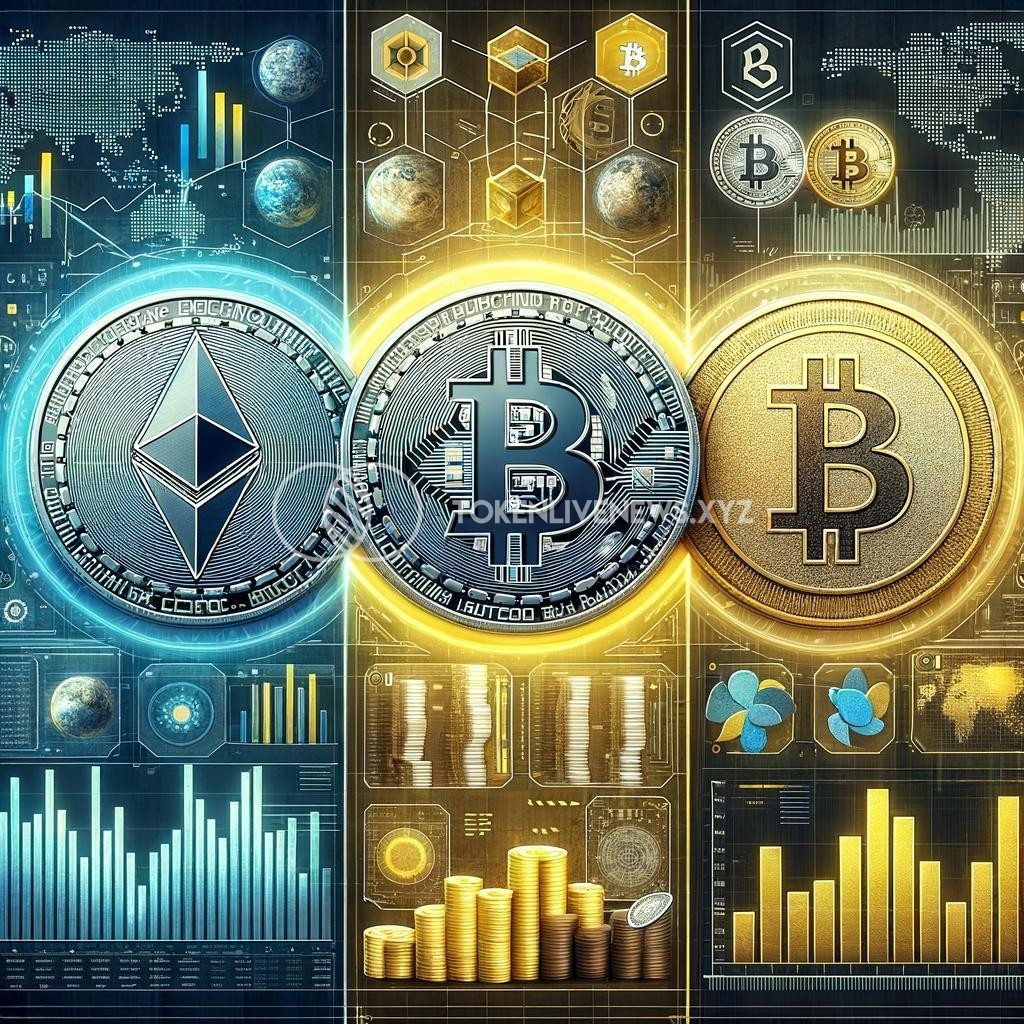Comparative Analysis: XRP vs. Bitcoin and Litecoin
In the ever-evolving world of cryptocurrencies, several digital assets have emerged as leading contenders in the market. Among them, XRP, Bitcoin, and Litecoin have consistently commanded attention due to their unique features, market capitalization, and widespread adoption. This article aims to provide a comparative analysis of these three prominent cryptocurrencies to shed light on their key differences and similarities.
Bitcoin, often hailed as the pioneer of cryptocurrencies, revolutionized the financial industry with its decentralized peer-to-peer network. As the first cryptocurrency to utilize blockchain technology, Bitcoin introduced the concept of digital currency and garnered immense popularity over the years. Known for its limited supply and robust security, Bitcoin boasts the highest market capitalization among all cryptocurrencies.
On the other hand, XRP, the native token of the Ripple network, presents a distinctive approach to cryptocurrency. Designed to facilitate fast and low-cost cross-border transactions, XRP aims to bridge the gap between traditional banking systems and digital assets. Unlike Bitcoin, which relies on mining, XRP tokens were pre-mined and, hence, do not require extensive computational power. This makes XRP transactions significantly faster and more energy-efficient.
Litecoin, often referred to as the silver to Bitcoin’s gold, takes inspiration from Bitcoin’s blockchain but introduces modifications to improve transaction speed and scalability. Created by Charlie Lee, a former Google engineer, Litecoin processes blocks approximately four times faster than Bitcoin, resulting in quicker confirmation times. This enhanced speed has positioned Litecoin as a preferred cryptocurrency for everyday transactions, often perceived as a more accessible alternative to Bitcoin.
When comparing these three cryptocurrencies, transaction speed is a vital differentiating factor. While Bitcoin transactions can take several minutes or even hours for confirmation, XRP and Litecoin offer near-instantaneous transaction settlement. XRP, with its ability to handle a vast number of transactions per second, stands out as an efficient tool for global remittances. Litecoin’s faster block generation time, when compared to Bitcoin, enables quicker payment confirmations, promoting its use in day-to-day transactions.
Another aspect to consider is the supply limit of each cryptocurrency. Bitcoin has a finite supply cap of 21 million coins, fostering scarcity that has contributed to its price appreciation. Conversely, both XRP and Litecoin have significantly larger maximum supply limits, with 100 billion and 84 million coins, respectively. While this distinction may influence the perceived value of these cryptocurrencies, it is essential to note that the supply limit does not directly dictate their success or market performance.
Furthermore, it is worth mentioning the varying consensus mechanisms employed by these cryptocurrencies. Bitcoin and Litecoin rely on the proof-of-work (PoW) consensus algorithm, requiring miners to solve complex mathematical puzzles to validate transactions. In contrast, XRP utilizes a unique consensus algorithm known as the Ripple Protocol consensus algorithm. It allows consensus on XRP’s state to be reached without the need for all participants to verify every transaction, resulting in faster consensus times.
In conclusion, XRP, Bitcoin, and Litecoin stand at the forefront of the digital currency revolution, each with its own distinct characteristics and value propositions. While Bitcoin paved the way for cryptocurrencies, XRP presents an innovative solution for cross-border transactions, and Litecoin offers faster transaction speeds for everyday use. It’s important to note that investing in cryptocurrencies carries risks, and thorough research should be conducted before making any financial decisions. As the cryptocurrency market continues to evolve, monitoring these three cryptocurrencies’ advancements will be crucial for both investors and enthusiasts alike.







